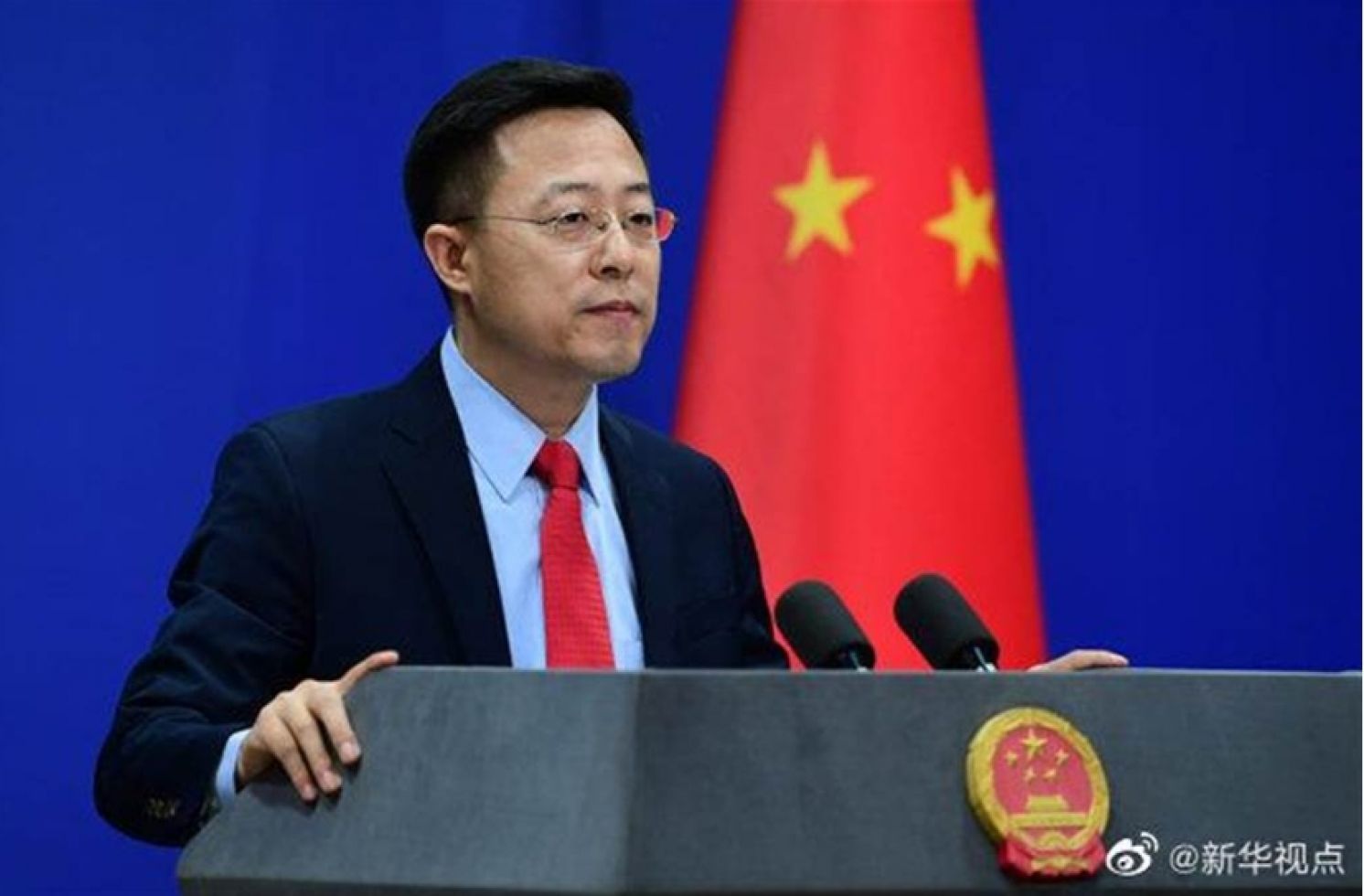
Failed Handling of Civilian Drone by Both Sides of Taiwan Strait
By Chen Yen-hao
United Daily News, September 1, 2022
The Kinmen Defense Command finally took action, shooting down a mainland Chinese drone interfering with the frontline station. The challenge, however, will not stop there. Setting aside online disputes about laws and regulations on military or civilian drones, the response from both sides to such incidents simply fails to meet the standards.
Let’s start with mainland China. Its Ministry of Foreign Affairs has made a series of inappropriate statements on this incident. First of all, according to the constitutional intent of the mainland and the division of labor in its government, the Ministry of Foreign Affairs should not have a position on the cross-strait controversy—to speak out on this topic is just out of order.
And as regards the legal regime around drones, the regulations in mainland China are far stricter than that of Taiwan. Does the statement made by Spokesman Zhao Lijian of China’s Ministry of Foreign Affairs at the press conference about “not worth making a fuss” suggest that all military bases and facilities in the mainland are now fair game for drones? It too would be just “flying over territory.”
Such an off the cuff comment coming from Zhao not only underscores the mainland’s contempt for the “rule of law” but reinforces the negative impression of mainland Chinese officials in the eyes of the Taiwanese people. The end result of such interactions is unfortunately adding more fuel on the “spiral of hostility” on both sides of the Taiwan Strait.
This also pushes Taiwan and the mainland further toward the West’s "Thucydides trap." Indeed, we should ask if these official speeches impart any positive impact for cross-strait relations, for the international image of the mainland, and for the rejuvenation of the Chinese nation? If not, mainland Chinese officials should refrain from such childish humor.
Now let’s turn our attention inward, toward ourselves. Given the popularity of photography among young people, it’s no surprise that drone instruction has proliferated—and even any amateur knows from the first lesson that popular lightweight drones can cause harm with improper operation. That is why countries have been rushing to control the altitude and airspace of drone flying in recent years.
The basics of any drone photography course will also of course mention that aircrafts or drones, innocuous in appearance, can be modified for military use: from reconnaissance to bomb delivery. No one can guarantee that the person operating the “civilian aerial camera" is not in fact military personnel.
With that understanding, all aircrafts or drones approaching military facilities should be considered as "quasi-weapons" with military intent—liable to be shot down. This is policy across military organizations, from those of the United States and the Ukraine to the People’s Liberation Army (PLA). If those aircraft had been modified to carry explosives, we would have had far more distressing images come through on Weibo. If our military command system can grind to a halt over one single drone, what should we expect of them in the face of a complex threat of multiple drones.
Taiwan is a major player in the development of service-oriented drones and drones themselves are key in "asymmetric warfare.” The Ministry of National Defense should not be complacent in dealing with this crisis. There are many resources in industry and academia that can provide low-cost, asymmetric solutions, but time is of the essence.